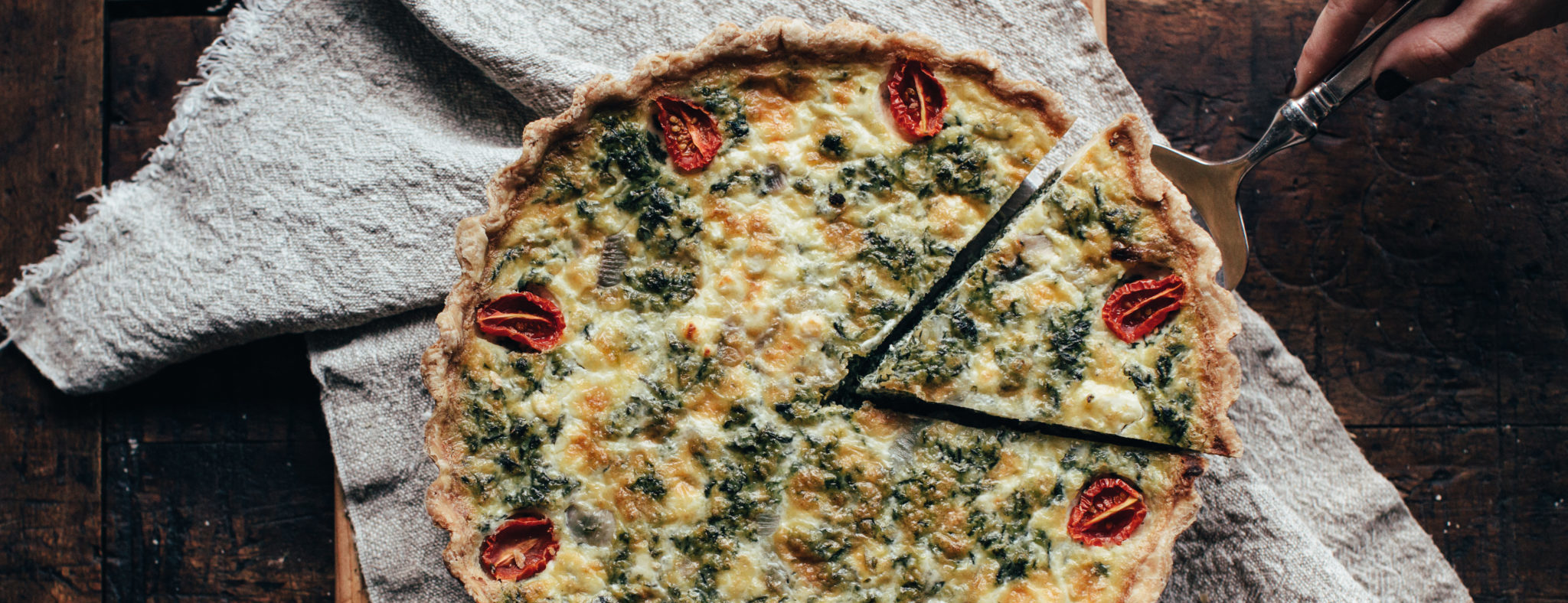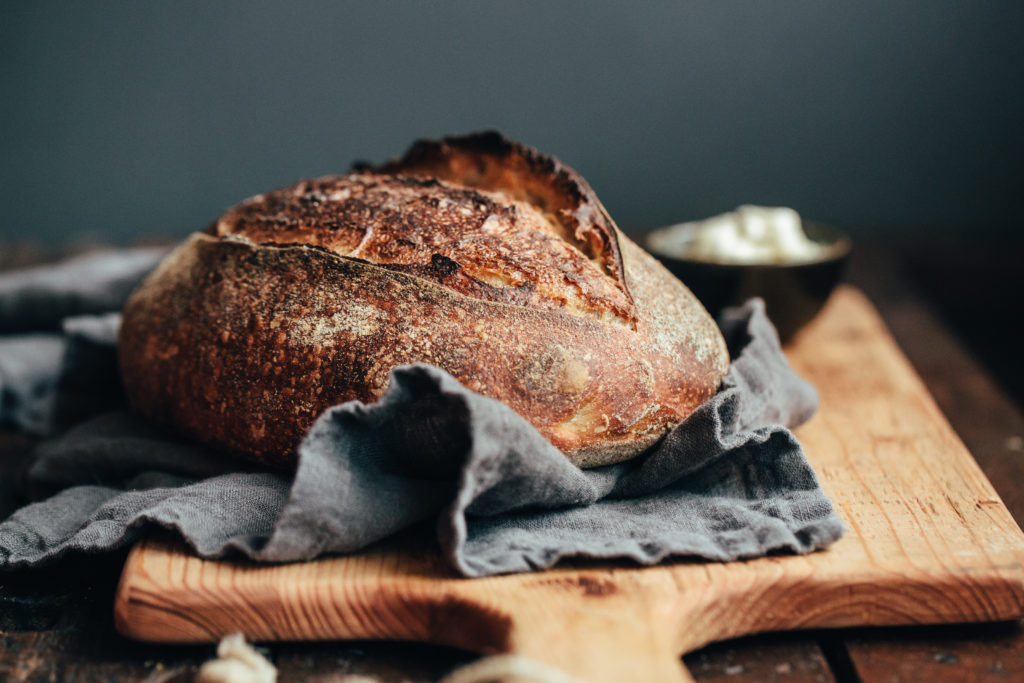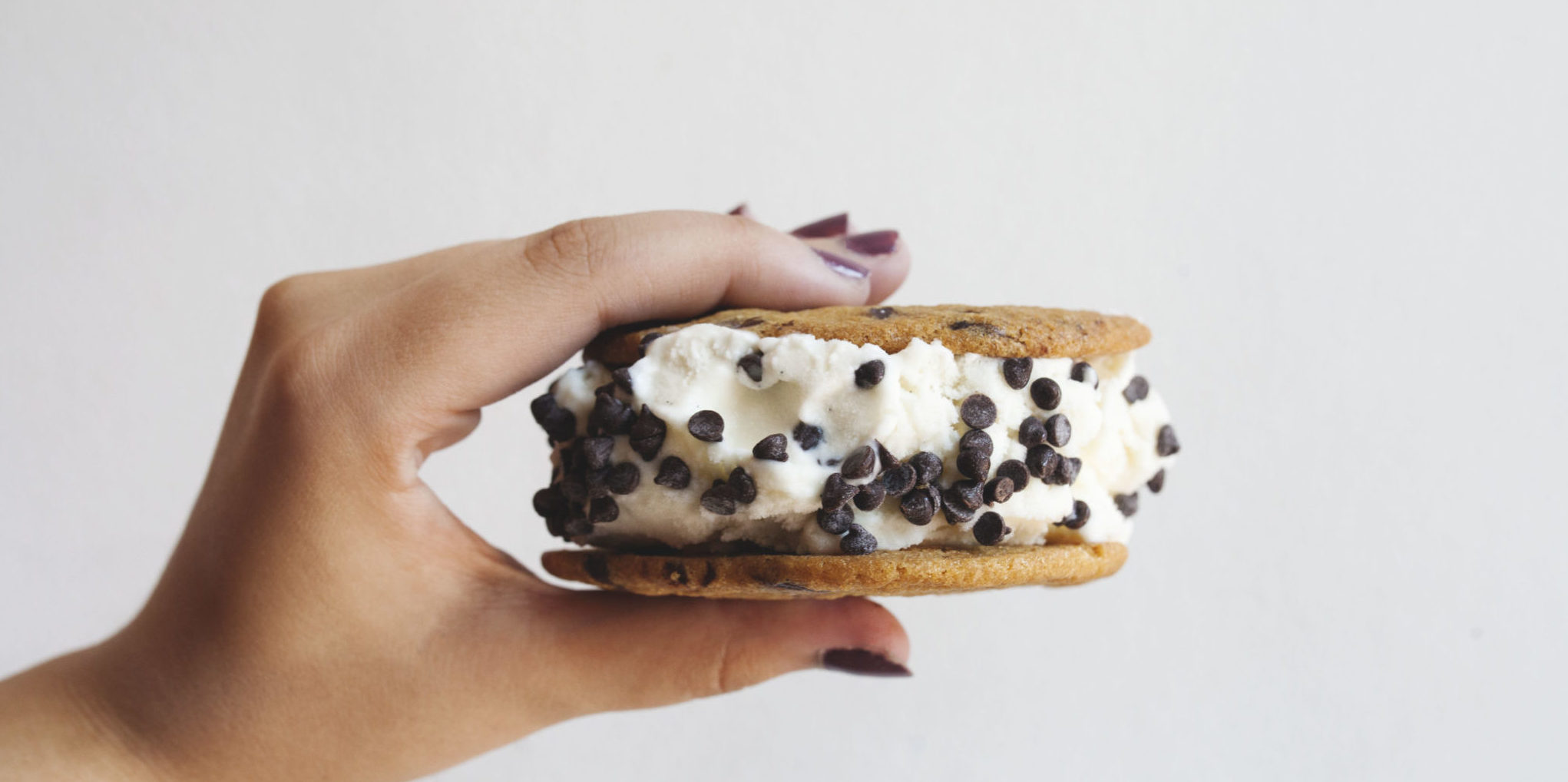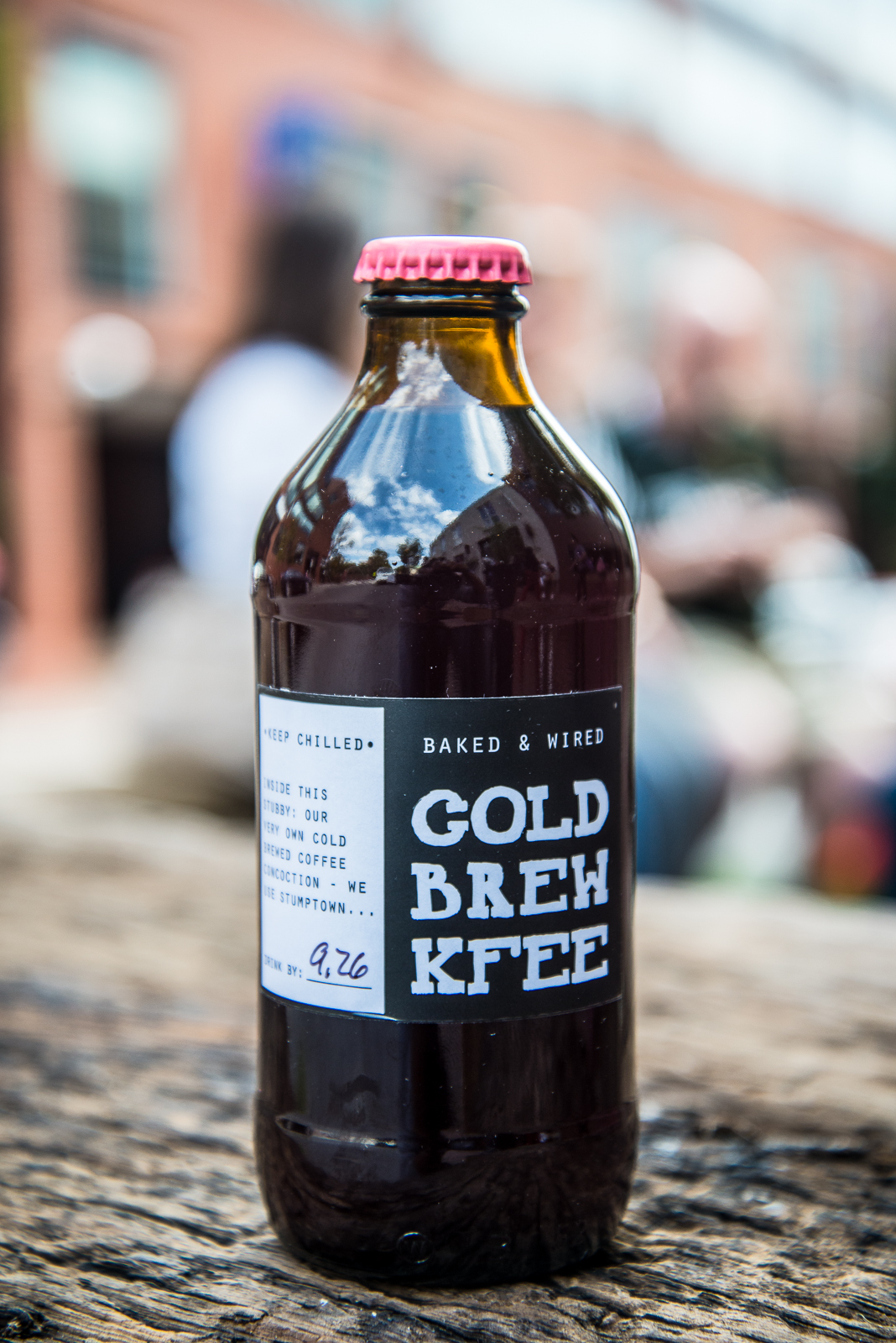have a starter and 18 hours? you can make this country sourdough at home! you’ll still need to come visit us for all the other loaves, though 😉
Country Sourdough Recipe (Makes 2 1000g loafs) using the Tartine Method
850g Bread Flour
100g Whole Wheat Flour
50g Rye Flour
750g Water (80 degrees)
200g Leaven
20g Salt
Make the leaven: The night before you plan to make the dough, feed your culture sample with 100g bread flour, 100g whole wheat flour, and 200g warm (78 degrees) water. Cover with a kitchen towel. Let rest in a cool, dark place for 10-16 hours. To test leaven’s readiness, drop a spoonful into a bowl of room-temperature water. If it sinks, it is not ready and needs more time to ferment and ripen. As it develops, the smell will change from ripe and sour to sweet and pleasantly fermented; when it reaches this stage, it’s ready to use.
Make the dough: Pour 700g warm water into a large mixing bowl. Add 200g leaven. Stir to disperse. (If you wish, save your leftover leaven; it is now the beginning of a new starter.) Add flours, and mix dough with your hands until no bits of dry flour remain. Let rest in a cool, dark place for 35 minutes. Add salt and remaining 50g warm water. Fold dough on top of itself to incorporate. Transfer to a medium plastic container or a glass bowl. Cover with kitchen towel. Let rest for 30 minutes.
Develop the dough: Fold dough, repeating every 30 minutes for 2 1/2 hours. To do a fold, dip 1 hand in water to prevent sticking. Grab the underside of the dough, stretch it out, and fold it back over itself. Rotate container one-quarter turn, and repeat. Do this 3 or 4 times for each fold. After the 3 hours, the dough should feel aerated and softer, and you will see a 20%-30% increase in volume.
Divide the dough: Pull dough out of container using a dough spatula. Transfer to a floured surface. Lightly dust dough with flour, and cut into two pieces using dough scraper. Work each piece into a round. Tension will build as the dough slightly anchors to the surface as you rotate it. By the end, the dough should have a taut, smooth surface. Dust tops of rounds with flour, cover with a kitchen towel, and let rest on the work surface for 20-30 minutes. Slip the dough scraper under each to lift it, being careful to maintain the round shape. Flip rounds flour side down. Line 2 medium baskets or bowls with clean kitchen towels; generously dust with flour. Using the dough scraper, transfer each round to a basket, smooth side down, with seam centered and facing up. Let rest at room temperature (75 degrees to 80 degrees), covered with towels for 3 to 4 hours before baking.
Bake the bread: 20 minutes before you are ready to bake the bread, preheat oven to 500 degrees, with rack in lowest position, and warm a 9 1/2-inch round or an 11-inch oval Dutch oven (or a heavy oven-proof pot with a tight-fitting lid). Turn out 1 round into heated Dutch oven (it may stick to towel slightly). Score top once or twice using a razor blade or a sharp knife. Cover with lid. Return to oven, and reduce oven temperature to 450 degrees. Bake for 20 minutes. Carefully remove lid (a cloud of steam will be released). Bake until crust is deep golden brown, 20-25 minutes more. Transfer loaf to a wire rack. It will feel light and sound hollow when tapped. Let cool. To bake the second loaf, raise oven temperature to 500 degrees, wipe out Dutch oven with a dry kitchen towel, and reheat with lid for 10 minutes. Repeat baking process.



















